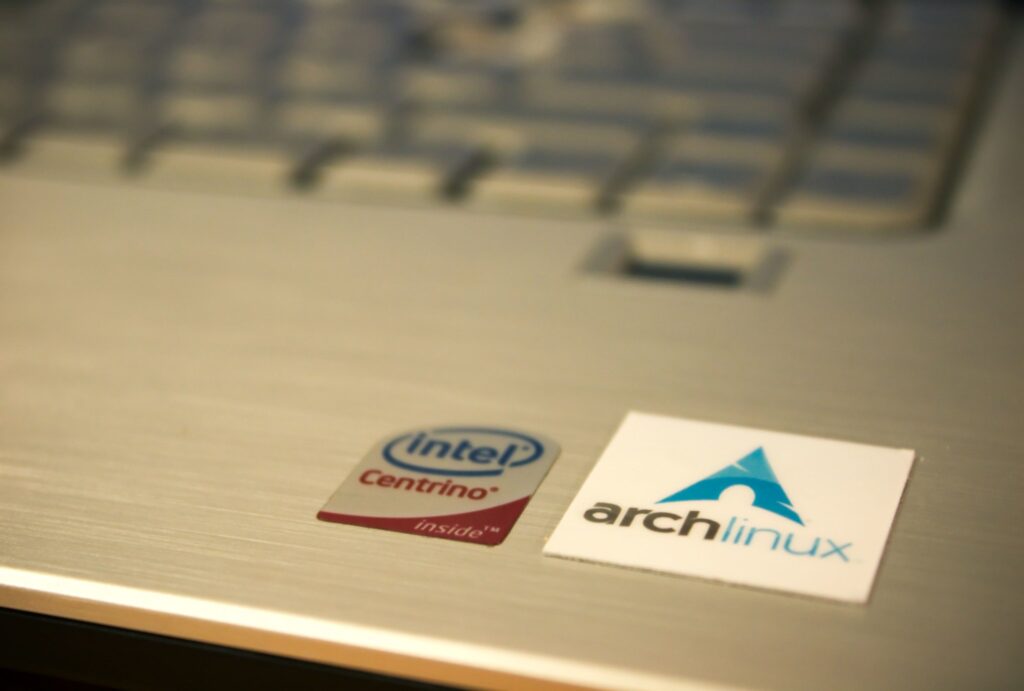Why Arch
I decided to switch back to Arch Linux on my desktop and laptop last week.
Motivation/Inspiration:
I’ve been using Linux since the early 90s (1993 if my memory is correct) when I installed Slackware (or maybe it was SLS in 1992?) for the first time. I obviously have tried out *many* distributions of Linux and have also experimented with other operating systems such as OpenBSD, FreeBSD among others. To go back into my computing history, I started with my first home computer which was an Apple II+ that my parents purchased and my first computer that I purchased was an Amiga 500.
I have also been recommending that my students install Linux on their machines going back to 1995 when I started teaching at the Tecnológico de Monterrey in Guadalajara. Back then many colleagues thought of Linux as a “toy system” and saying that it would never amount to anything. Well, I can say that I was on the right path as an early adopter which has been a consistent trait I follow.
In the past decade or so, my recommended distributions to students has been Linux Mint (a fork of Ubuntu) or any flavour of Ubuntu (forked from Debian). You can check out the ‘family tree’ of Linux distributions at https://en.wikipedia.org/wiki/Linux_distribution
Fun fact, Arch Linux was started by someone from my hometown of Victoria, BC, Canada. Judd Vinet started the Arch Linux project back in 2002 and is no longer part of the project; he left in 2007 due to lack of time for the project.
So why do I choose to go back to Arch Linux? Recent news has led me to avoid center distributions and their forks.: the recent drama in the news over Red Hat (owned by IBM since 2019) violating the spirit of the GPL license (perhaps not legally but IANAL) not to mention their neutering of CentOS; Ubuntu pushing users to use snap packages .
My two best options to recommend these days are Debian 12 (which supports many desktop environments including KDE which is my favourite) and Arch Linux. Neither of them are completely in the “easy to install/use” category but Debian has really improved in that regard with this release but their website needs some work to be easier to navigate to the right place to download/install. If you are reading this, I actually recommend installing from a “Live USB” which you can download at this URL https://cdimage.debian.org/debian-cd/current-live/amd64/iso-hybrid/
And now to Arch Linux. This is generally not something I recommend for newcomers but it is definitely something I would point my computing students towards. Installing Arch is traditionally a manual process but you could use the scripted installer (archinstall) which is part of the default installation medium. I would encourage others to attempt the manual process as it guides you through learning some core knowledge of a Linux system. I used the manual process this time for my desktop workstation and the archinstall script for my laptop.
There are also distributions that build off Arch and are touted as easy to install and use such as Manjaro and Anteros. I actually do not recommend going that direction for various reasons. If you want easier, go with Debian 12. Use Arch if you want a rolling release distribution that is extremely flexible.
And to answer your question (that was your question, right?) of why I used the archinstall script on the laptop, I have two answers:L
- I wanted to test the script to see how well it worked. In general well, but I would suggest some changes to the interface.
- Any laptop (whether Linux, Windows, Mac, or other) should have full encryption of the hard drive. Is your hard drive encrypted on your laptop? The process to install on an encrypted filesystem using the manual installation is cryptic (pun intended) and the archinstall script made this much easier.
Leave your (other) questions in the comments!
Featured Image Credit

Today’s Reading/Listening
I finished up a couple of books and my current reads (audible and visual) are “Outlive: The Science and Art of Longevity” (about 40% complete) written and read by Peter Attia, MD and “Poundmaker: A Novel of Early Canada” by Norma Sluman.
Video Release
Still nothing yet but perhaps some more Linux content on my YouTube channel.
